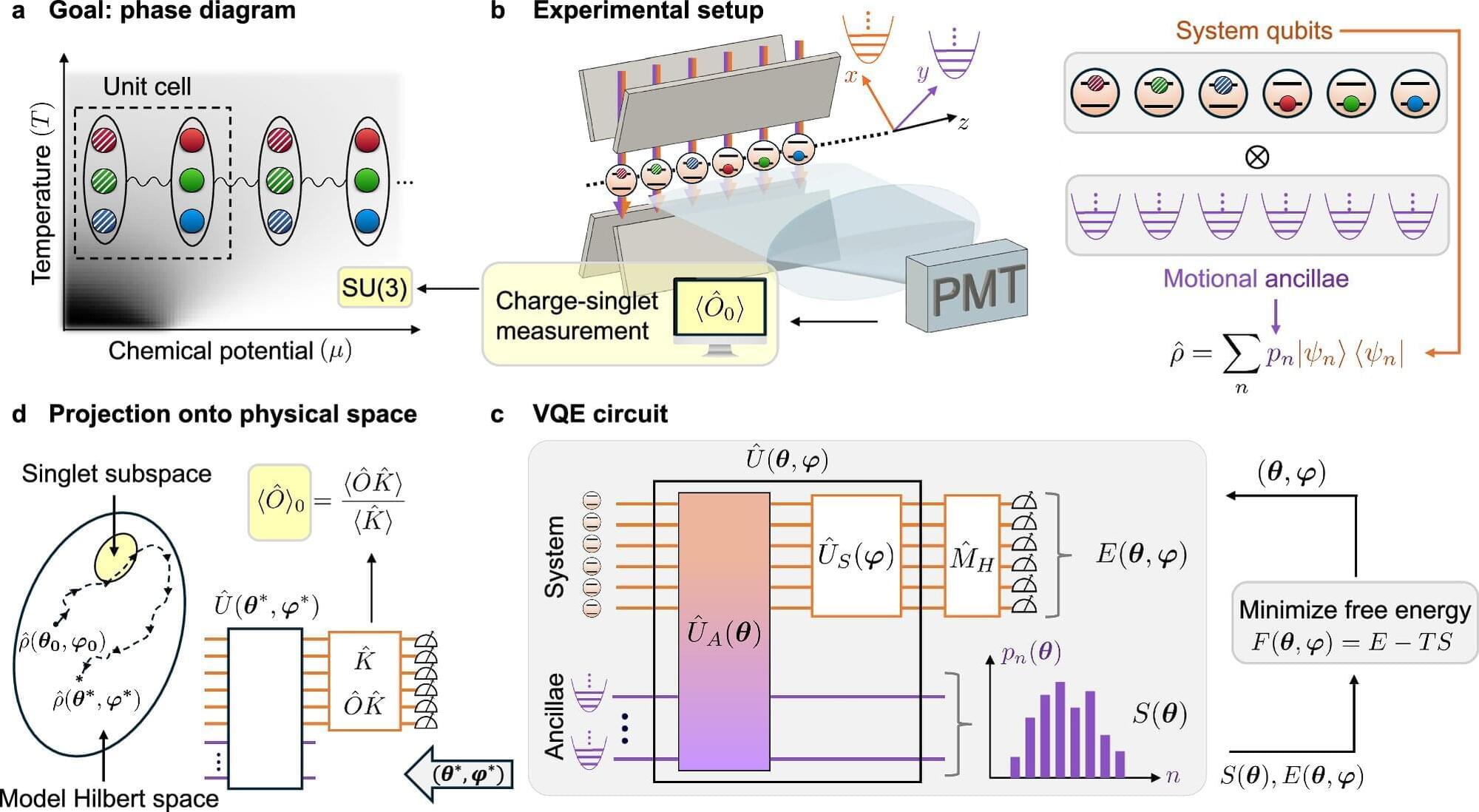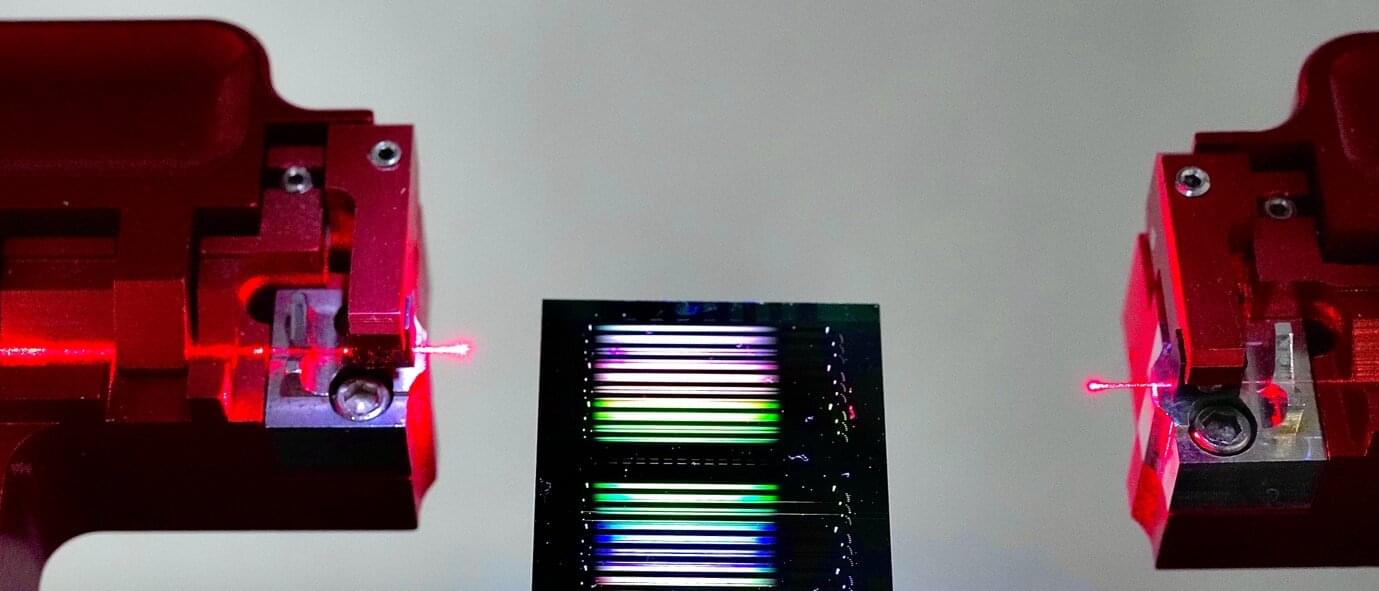Quantum computers will be able to assume highly complex tasks in the future. With superconducting quantum processors, however, it has thus far been difficult to read out experimental results because measurements can cause interfering quantum state transitions.
Researchers at Karlsruhe Institute of Technology (KIT) and Université de Sherbrooke in Québec have performed experiments that improve our understanding of these processes and have shown that calibrating the charge at the qubits contributes to fault avoidance.
Their findings have been published in Physical Review Letters.









